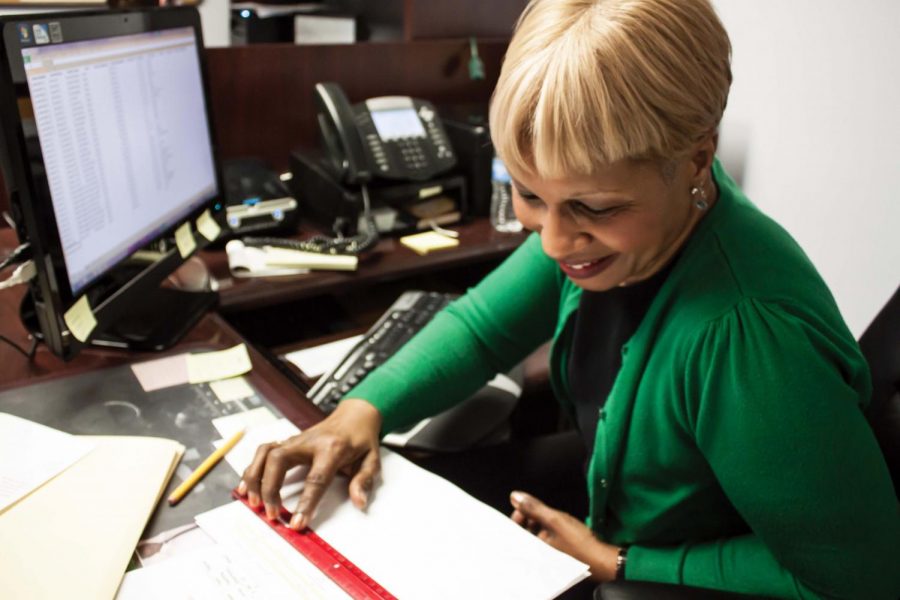Staff member among first to integrate RHS
February 21, 2013
Although UNA and the state of Alabama are considered ethnically diverse by many, some may forget that racial integration is only 50 years old.
Margaret Farley, senior administrative assistant of Teacher Certification and Clinical Experiences at UNA, was an African-American member of the first integrated class at Russellville High School, 23 miles from UNA.
“It was me and four other people that integrated back in 1966,” she said. “I was 13 and in the ninth grade. It was scary because we were entering into waters that had not been tested.”
Farley said she remembers being verbally abused regularly during her first year at Russellville. Students would often blow spitballs at her during class or pull her hair as she was walking down the hallway.
“If no one says anything when someone is bullying, (the bully will) think it’s OK,” she said. “Back in that time, if someone had spoken out about it, they would’ve been called a (expletive) lover. I did not tell anyone about (it) because if I said something to my parents, they would have pulled me out.”
She said old superstitions and social norms made the first year of integration very hard.
“Even today I can’t stand when people don’t make eye contact with me,” she said. “We would have square dancing in P.E. and the other students would have to touch us. People would think that if they touched a black person the blackness would rub off on them.”
These problems were not confronted in the first year, but the situation got better as more African-American students began to integrate to the school, she said.
“Russellville is a small town — people just dealt with it whether they liked it or not,” she said. “(People’s behavior) didn’t matter because I was there for a purpose. I think that made me strong, but I don’t know what I would do if I could do it over again.”
She said she has yet to attend a high school reunion due to her memories of the time.
“If we ever have another one, I think I will go, but I just couldn’t think of any good memories of that at the time,” she said. “I think back then, if I had spoken out I would’ve been the bad guy. I wouldn’t have said anything because it wouldn’t have changed anything.”
Farley said she believes people have made progress, but racism and bullying are not dead.
“I’m sure there’s still bullying — they call it harassment, but it’s not just black or white,” Farley said. “If you find out something is going on, it’s up to you to change it. If something’s going on and you can see it and don’t stop it, you’re just as guilty.”
Alonzo Dukes, president of the Black Student Alliance (BSA) at UNA, said he agrees that racism still exists because people are unwilling to leave their comfort zone. Dukes said BSA is dedicated to promoting education and unity while raising awareness about standing social issues.
“Racism is nothing like it was, but it is still here,” Dukes said. “Schools should be a little more integrated and people need to get past preconceived notions of (race). I see UNA on a great path, and I like the diversity programs that they are starting to initiate.”
He said he sees Farley as a pioneer for students and hopes others will follow her example of getting out of the comfort zone.
“That took a lot of courage because most kids would ask their parents to pull them out,” Dukes said. “She took adversity and did something with it. I look up to that.”


